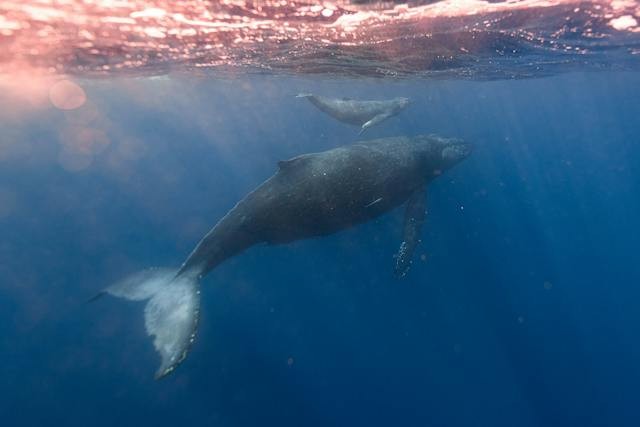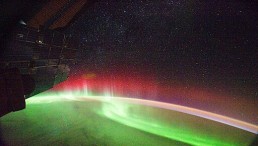
What Is Allosuckle? Whale Calves Steal Milk From Other Lactating Moms, Leaving the Latter at a Disadvantage
Whale calves have their way of nourishing themselves -- they steal milk from other lactating moms. They have been caught in the act allosuckling.
What Is Allosuckling?
Allonursing and allosuckling are actions that certain females exhibit. They involve nursing and feeding babies that are not filial.
Although both are expensive behaviors, this kind of communal parenting is common among many species. Nevertheless, not all animals exhibit this behavior; variations are even within the same species.
Because allonursing requires alien dams to expend more energy by allowing alien offspring to feed at their udders, it is a tactic that typically emerges in social groups whose members do not regularly change and whose social structure is sustained over extended periods.
The following advantages come from all nursing -- enhanced welfare for the alien offspring (via increased immunity, hunger satisfaction, and meeting behavioral requirements like sucking, among other things) and enhanced maternal performance for non-filial moms.
On the other hand, we must not overlook the possibility that allonursing could jeopardize animal health by dispersing microbes that cause illness. However, there is a silver lining to this bad aspect -- enhanced antibody production and transfer during lactation may be advantageous to both the mother and the offspring.
Allonursing in Whale Calves?
According to a recent study, southern right whale calves occasionally "allosuckle" or take milk from whales other than their mothers. Kate Sprogis, an adjunct research fellow from the Oceans Institute and School of Biological Sciences at the University of Western Australia, notes that allosuckling has been documented in seals and land mammals such as giraffes, deer, and reindeer but not in giant whales.
"The behavior observed off the south coast of Australia appeared to be a direct and intentional movement from the calf and the non-biological lactating mother was generally evasive," Sprogis stated.
The reason for allosuckling is simple -- it allows a calf to receive additional milk and nutrition.
Since whales must nurse their own young, it harms the biological mother. This is because the mother waits to feed until the end of the nursing season.
The nursing mom couldn't replenish their lost energy reserves and must return to their feeding grounds at the end of the nursing season, Sprogis explained. They have to travel a considerable distance, from Australia to the sub-Antarctic Islands or Antarctica, where the mothers can graze on copepods and krill to replenish their energy.
The study results are significant since the Australian Environment Protection and Biodiversity Conservation Act lists southern right whales as endangered. Understanding their growth as calves is crucial to supporting conservation initiatives. Additional whale species may exhibit this behavior, but further investigation will be required to confirm this.
Southern right whales are not as common as they once were because of several dangers to their existence. The species' numbers were severely reduced due to hunting by the whaling industry until the 1960s. The population has barely rebounded since then.
RELATED ARTICLE: Ghost, Horn Shark With Stripes, and Spiny Fins Adds to the List of Newly Discovered Shark Species [LOOK]
Check out more news and information on Sharks in Science Times.














